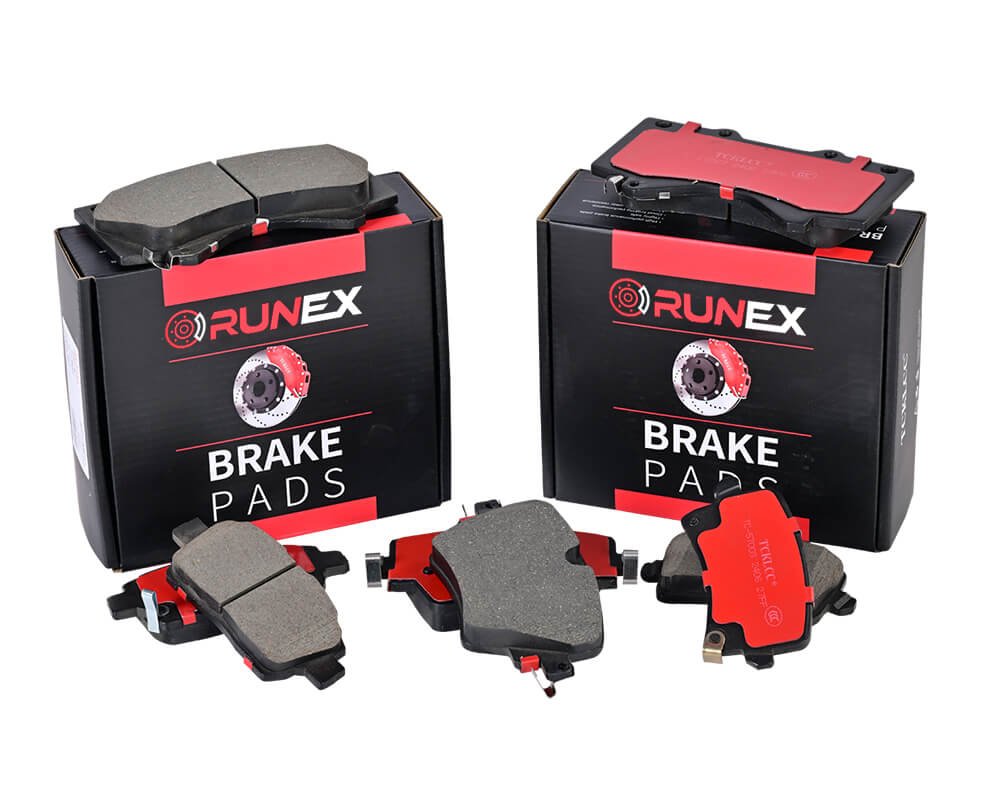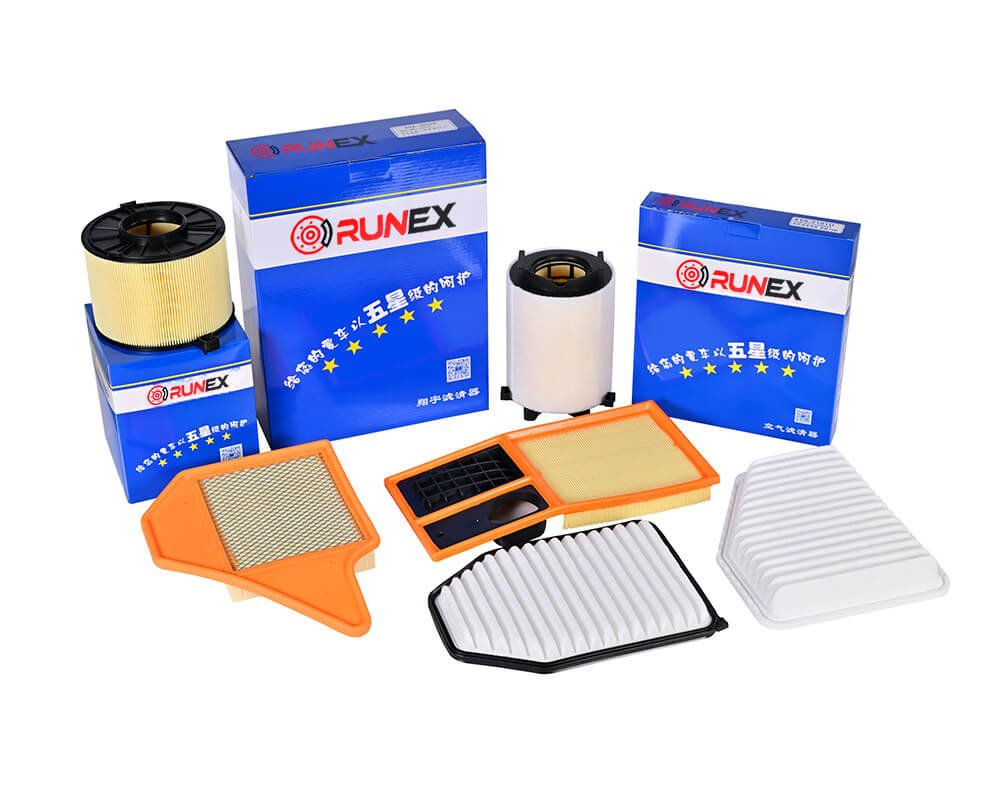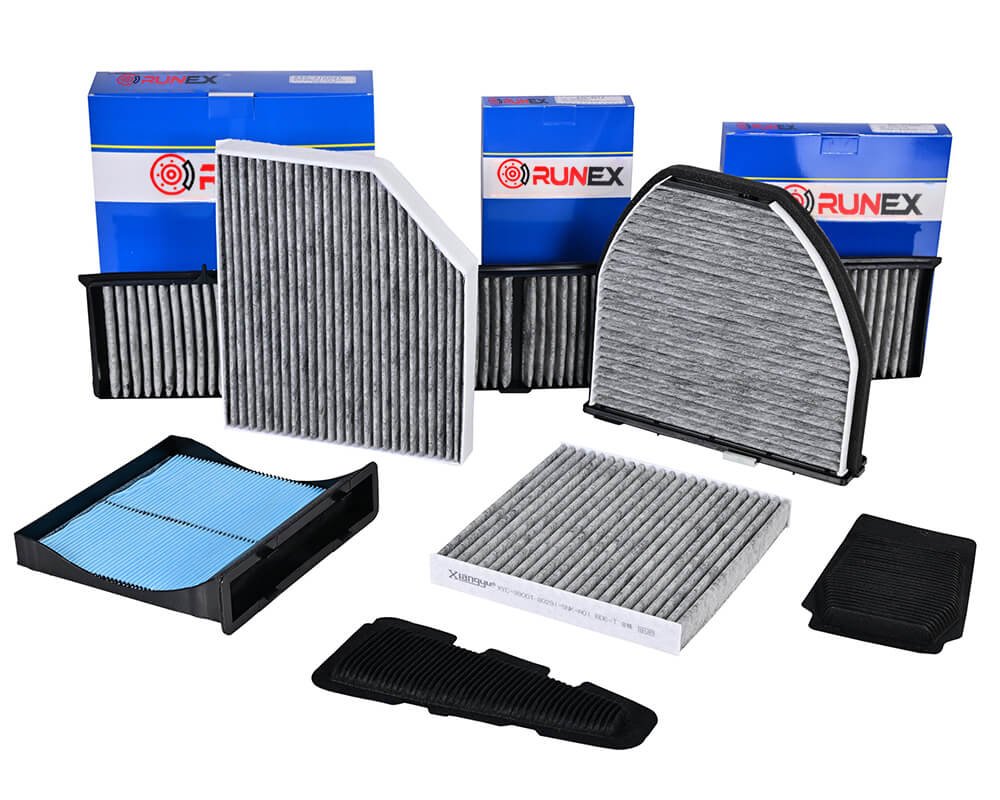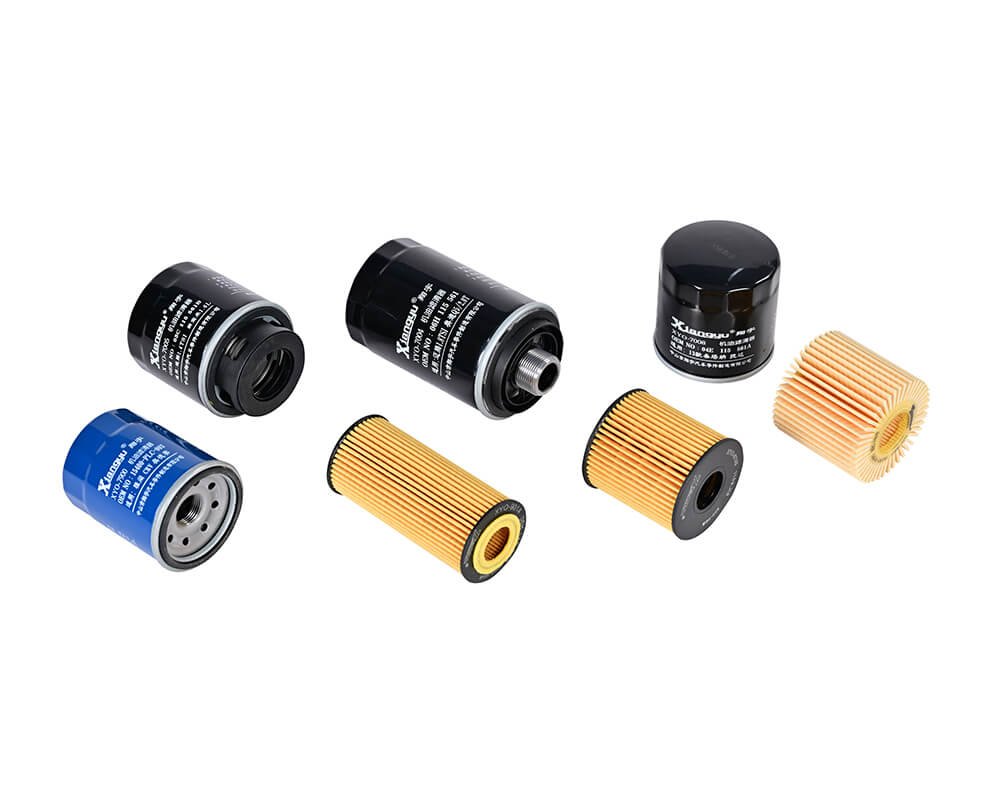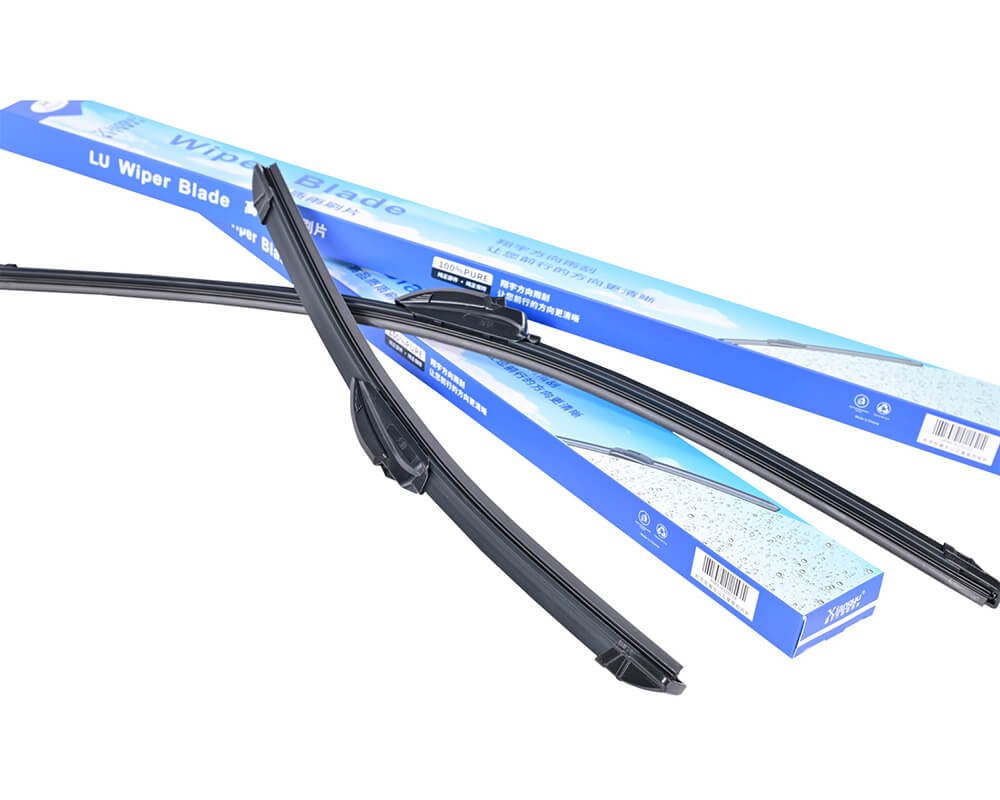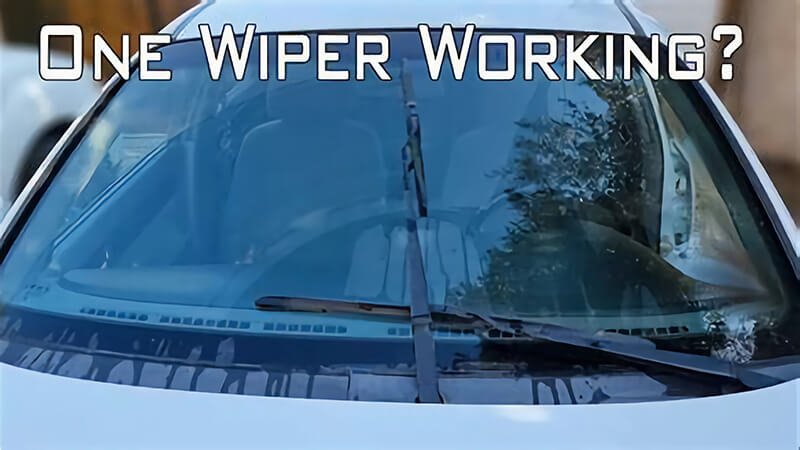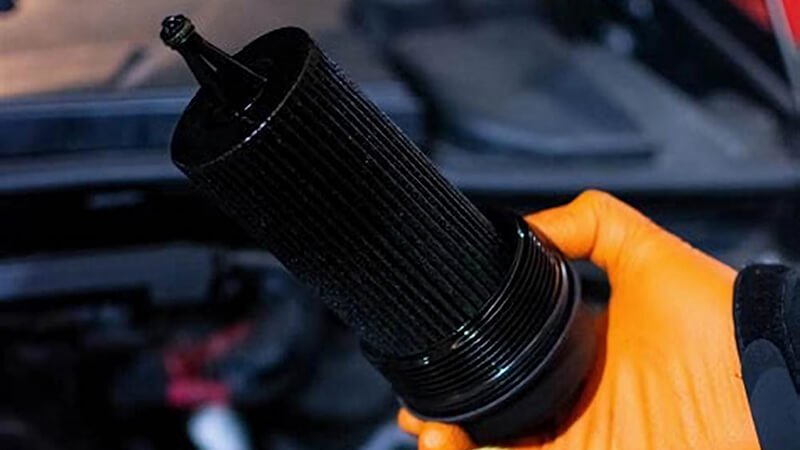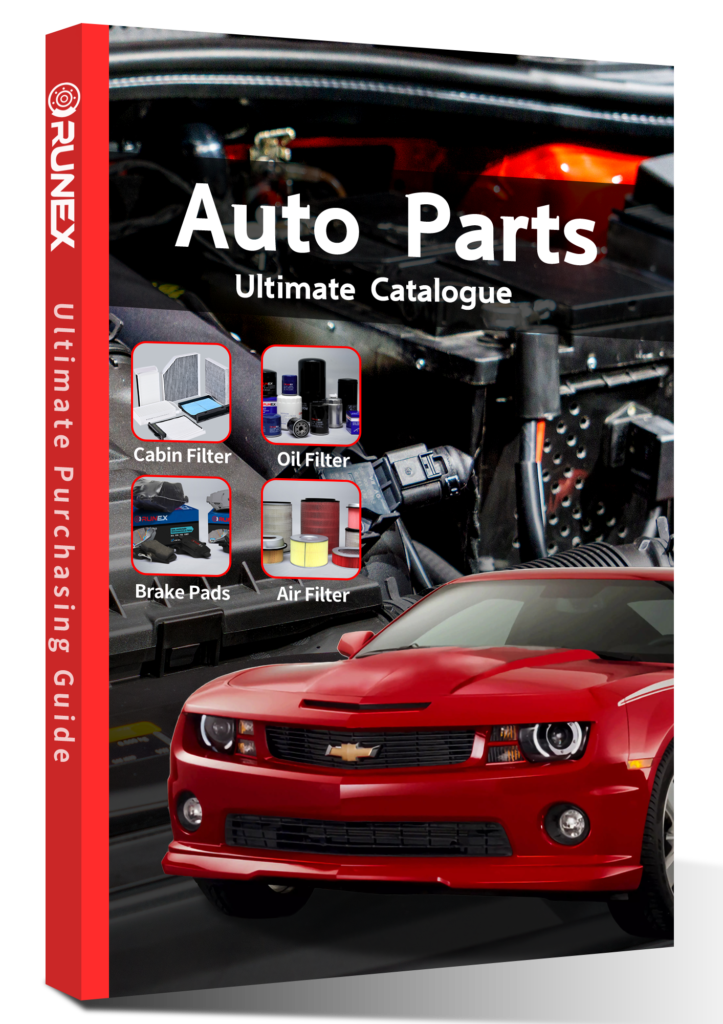Oil filters seem simple, but a wrong turn—too loose or too tight—can cause leaks, pressure loss, or even engine damage. Many DIYers and mechanics still misuse tools or skip key steps, causing costly issues.
The right way to tighten an oil filter is to hand-tighten it after oiling the gasket—no tools needed. This method ensures a secure seal without over-torquing, which helps prevent leaks and protects the engine.
Tightening an oil filter seems like a minor task. But it’s not. I’ve seen this simple step cause serious problems—oil leaks, engine warnings, even customer complaints. Let me explain what really matters, and how we solve it at Runex Auto.

Why do people put oil filters on so tight?
Many believe tighter means better. Others just want to “make sure it doesn’t come loose.” But that’s not how oil filters work.
People overtighten oil filters because they fear leaks, but that often causes more harm than good. Over-torque can crush the gasket, damage threads, or even split the filter housing.
The risks of overtightening
At Runex Auto, we design our oil filters with molded grips and high-clarity torque markings. Still, I’ve seen mechanics twist them down with wrenches. One of our UK partners had this exact issue—overtightening1 led to seal damage, which caused multiple customer returns.
| Misstep | Impact | Solution |
|---|---|---|
| Over-torque | Damaged gasket, leaks | Hand-tighten only |
| Crushed threads | Impossible to remove later | Use proper threading and avoid tools |
| Filter rupture | Loss of oil pressure | Never use tools unless torque specs apply |
What causes this behavior?
- Mistrust in hand-tightening strength.
- Lack of training for junior technicians.
- No visual cues on filter torque or design.
- Bad habits passed down over time.
At Runex Auto, we changed this by adding clear labeling and a better grip surface to the filter body. It guides the user naturally to hand-tighten and stops them from overtightening. Since we made this change, complaints dropped across several regions.
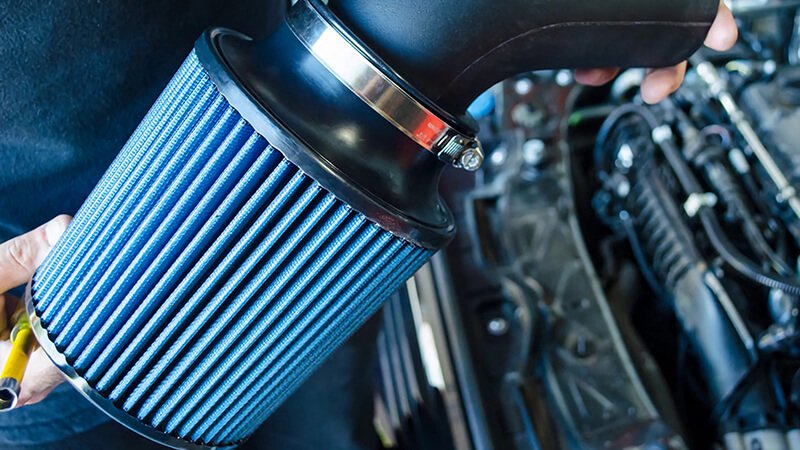
How to tighten an oil filter without a torque wrench?
Most filters don’t need tools. If the gasket and contact surface are clean, hand-tightening works.
To tighten an oil filter without a torque wrench, apply a thin coat of oil to the gasket, thread the filter by hand until it contacts the base, then turn it ¾ of a turn more by hand.
The reliable hand-tighten method
This method works on most passenger vehicles. Here’s what I do, and what I recommend to clients:
- Clean the mating surface. Dirt causes leaks.
- Apply fresh oil to the rubber gasket2. Prevents sticking and tearing.
- Thread the filter until the gasket touches the base.
- Turn it ¾ of a full turn more—by hand only.
| Step | Why it matters |
|---|---|
| Oil on gasket | Helps with sealing and removal |
| Contact with base | Ensures alignment |
| ¾ turn beyond contact | Enough pressure for a tight seal |
| No tools | Avoids over-compression |
But what if your hands slip?
That’s where good design helps. Runex oil filters3 feature a grip-pattern shell. Even with gloves, your hand can hold the filter firmly and apply correct pressure. It’s small things like this that cut down error and save engines.
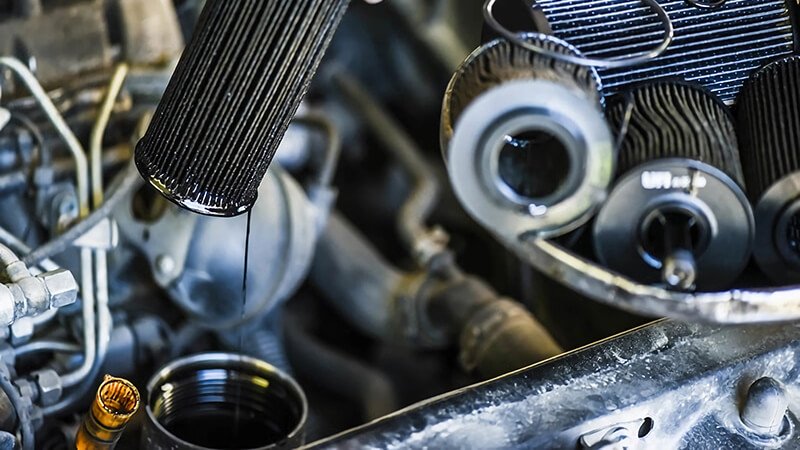
What happens if you don't tighten the oil filter?
Too loose can be just as bad—maybe worse. If it leaks mid-drive, your engine could lose oil pressure.
If an oil filter is too loose, it can leak oil, cause low oil pressure, trigger engine warnings, and even lead to severe engine damage if not caught quickly.
How bad can it get?
A loose oil filter4 may not leak immediately. But once the engine heats up and pressure builds, oil escapes. You might not notice until:
- Oil pools under the car
- Engine light comes on
- Engine runs rough or seizes
| Symptom | Cause | Consequence |
|---|---|---|
| Small oil leak | Incomplete gasket seal | Fire risk, mess |
| Sudden oil loss | Filter loosens while driving | Engine damage |
| Pressure warning light | System can’t build pressure | Immediate shut-off recommended |
What I’ve seen in the field
Once, a client in Spain received customer complaints about burning oil smells. They were using a third-party filter with a slick surface and poor thread fit. Their team didn’t realize filters were vibrating loose during transport. We replaced them with Runex filters with tighter specs and better gasket compression. Issue solved.

How do I know if my oil filter is too loose?
Loose filters don’t always leak immediately, but they often show early signs. You just have to know what to look for.
If your oil filter is too loose, you may see fresh oil around the filter base, hear a hissing sound at startup, or notice a pressure warning light. After installation, always inspect for leaks.
Spotting the signs
I always do a post-install check5—every time. Here’s what I check:
- Visual inspection—any fresh oil?
- Startup sound—no hiss or sputter?
- Pressure gauge—steady reading?
| Check | Sign of looseness? | Fix |
|---|---|---|
| Oil drip under car | Yes | Reinstall filter, recheck gasket |
| Engine sound delay | Possibly | Confirm oil pressure builds quickly |
| Light flickers or alarms | Definitely | Shut down, check seal immediately |
Tools are not the answer
Some try to “reassure” by grabbing a wrench and turning more. That’s not the fix. If it’s too loose, remove the filter, clean everything, and reinstall it properly. Our filters at Runex include install instructions6 right on the box to help with this exact issue.
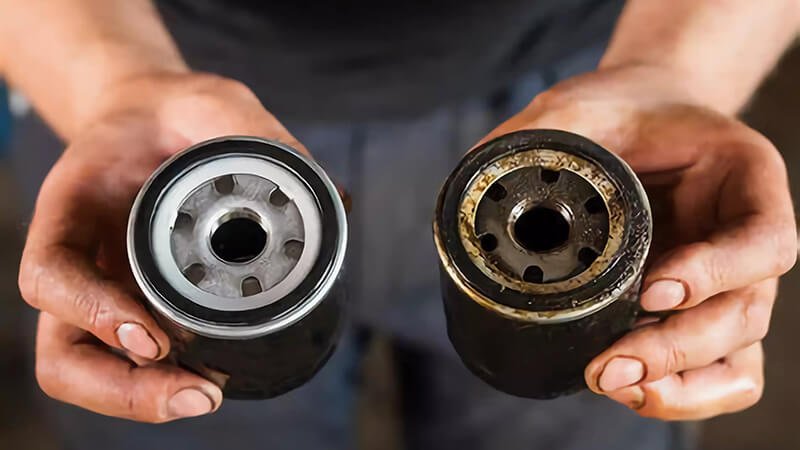
Conclusion
Tightening an oil filter7 sounds like a tiny task, but I’ve seen it cause real headaches for our clients. Too tight, and you crush the gasket. Too loose, and oil leaks. The answer isn’t brute force—it’s understanding the design and trusting the process. At Runex Auto, we build filters that make correct installation easier—better grip, clear torque guidance, and OEM-level fitment. That’s how we help our partners avoid trouble, one turn at a time.
-
Understanding the risks of overtightening can help prevent costly mistakes and ensure better maintenance practices. ↩
-
Discover the crucial role of rubber gaskets in oil filters, including how they help with sealing and ease of removal, ensuring engine health. ↩
-
Explore the advantages of Runex oil filters, including their unique grip-pattern design that enhances usability and prevents slippage during installation. ↩
-
Understanding the risks associated with a loose oil filter can help prevent serious engine damage and costly repairs. ↩
-
Understanding the importance of a post-install check can help ensure your vehicle runs smoothly and safely after maintenance. ↩
-
Install instructions are crucial for proper installation, preventing leaks and ensuring optimal performance of your vehicle's filter. ↩
-
Knowing Auto cycles how it can use smoothly, clicking this link to get you needs. ↩



